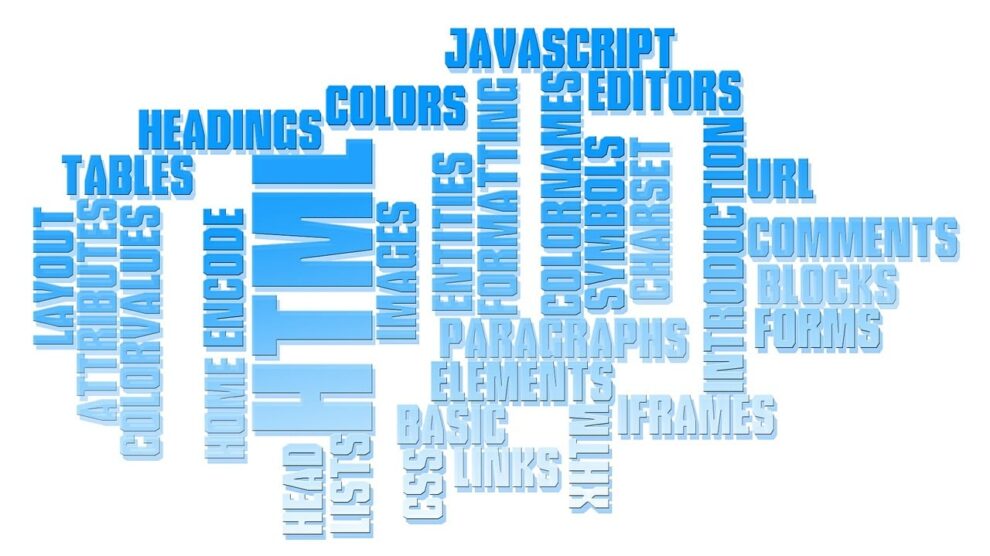SEO evolves every year and everyone, especially local business owners, should keep track of its growth. One way of improving your own SEO content involves using schema markup. If you want to boost the number of your search engine result pages, exploring this markup is a great way to start.
What Is Schema Markup?
In order to understand this markup, we first have to understand schema itself. Back in 2011, four major search engines — Yahoo, Bing, Google, and Yandex — created a standard vocabulary (or ‘language’) called schema.org. This language classifies search terms into classes, such as ‘Event’, ‘Person’, ‘Location’, or ‘LocalBusiness’. To do this, schema.org has to use a specific code, which is where the markup comes in.
According to Martha Van Berkel, the co-creator of the Schema App, digital marketers and online business owners use this markup to help various platforms explicitly understand what’s on a page. For example, if you were to look up a film director online, you wouldn’t just get a photo of him or a website with his information. Instead, your results would also contain his filmography, current state of residence, net worth, latest news, and other relevant information.
How Does the Markup Do That?
This markup is meant to provide relevant meaning to online language by using a unique semantic vocabulary within the microdata format. Without it, a search for a single word might yield limited results.
As an example, let’s say that you run a restaurant named Marble Hornets, in honour of the popular horror web series. An online user who wants to look for the series itself will get microdata relevant to it, like the runtime, the number of seasons, the main cast, etc. However, if they were to search ‘Marble Hornets restaurant’, they would get search engine result pages (SERPs) with booking information, working hours, your restaurant’s address, and so on. The markup is, in a sense, your website’s digital business card. That right there is a perfect lead-in for our next topic.
Why is Schema Markup Important?
Websites that use this code tend to rank higher in searches than websites which don’t use them. The reason we use ‘tend to’ is because a lot of online experts disagree that we even need the markup. However, tests have shown that websites with rich snippets (which often include schema) have better click-through rates. As of 2019, less than a third of the websites that appear on Google searches utilise the markup. That’s not a small number by any means, but if the markup can boost search results, millions of websites that could benefit from it are doing poorly.
Can I Use This Markup with Different Structured Data?
Right now, you can use schema with RDFa as well as JSON-LD. However, Microformats cannot support this markup.
Best Schema Markup Practices of 2019
1. Adding the Markup on Your Webpage
If you’re not well-versed in adding custom code, you can use different online tools to add schemas manually to your website. The most popular methods include:
- Adding markup using HTML
- Adding markup using JavaScript
- Using the structured data markup helper from Google
With the first method, you can add HTML directly to your webpage before you insert the schema. Just find the proper microdata codes and copy them manually to the HTML.
The second method involves JSON-LD JavaScript code and schema.org. Just pull the vocabulary you need from schema.org and create the relevant JSON-LD lines. You can then add them to either the header or the footer of your webpage.
Finally, we have a manual method that isn’t completely manual. By using Google’s markup generator, you can add structured data HTML or JavaScript to your page of choice.
2. Making a Good Use of WordPress Plugins
Schema Pro, All In One Schema Rich Snippets, Schema App Structured Data — all of these are excellent WordPress plugins. The amazing thing about these plugins is that you don’t need to know any coding to add them to your website. However, not all of them work on the same principle. Some of their coding can interfere with your website’s design or performance, so it’s always a good idea to test them out first.
3. Google’s Structured Data Testing Tool
Your job isn’t done when you add the markup to your website. Once you’re finished adding it, make sure to check if it works. The Structured Data Testing Tool from Google is perfect for these tests. All you need to do is copy the URL of your website into the bar and check the data for errors. You also have a preview option so you can see what your new webpage will look like with this markup in place.
It’s Not Just About the Markup
While we firmly believe that this markup will help you rank high on Google or Yandex, you can’t forget that no page will stand out with poor SEO. That’s why it’s important to stay in the loop with relevant new SEO trends. If and when you successfully apply both modern SEO tendencies and proper schema markup, your website will see more hits and more average visitors per day.
The best place to start your research on this markup is at schema.org. You will find everything you need here, from different markup types to recent updates. With schema markup, you’re guaranteed to rank high on Google searches the right way.





